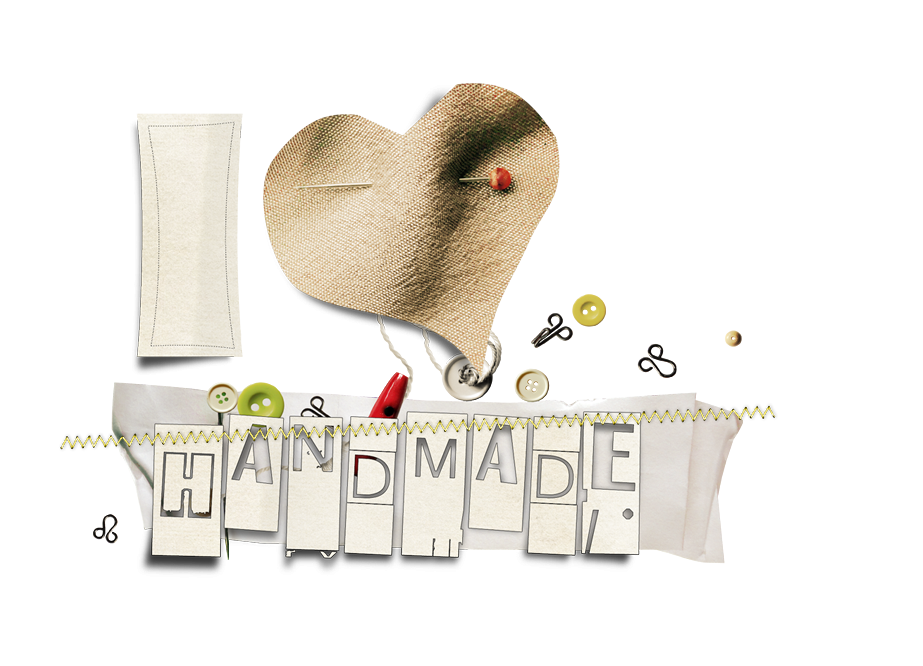Of the two selling options, retail sales are more immediately dependent upon marketing. How does a beginning business go about marketing its products to the customer?
I talked to a number of craftspeople to learn what worked for them. Just as important, I wanted to know what didn’t work. If a craftsperson is going to spend time and money marketing his products, it’s nice to learn what retail ventures bring in the best bang for the buck.
Marketing at Shows
The most obvious place a craftsperson must market his products is at a crafts event, directly to the customer. There’s an underappreciated science to this. Casey Robbers of Casey Was Here (www.caseywashere.com) explains what works for her:
• I have a good-looking display that invites the customers in. I have items at eye level and group products by color and type. I have signage outside my tent to attract people from across the festival grounds.
• Once people are in my booth, I have items clearly priced, and there are interesting facts to read about the products so they have a reason to stay.
• I give the customers space, but make sure they know I am attentive to their needs.
• If I am at a show alone, and I absolutely must leave my booth unattended, I leave a note saying “Back in 5 minutes; 10 percent off if you wait!” There are always customers in my booth when I return.
• I have a mailing list sign-up sheet in clear view, as well as a “find me on Facebook” sheet.
• I have an eye-level sign that reads, “Made in New York. Locally made gifts are the best!”
• I have a candy dish. Customers always come in to grab a piece of candy!
• After they have made their purchase, I give them a card and a list of upcoming shows I’m attending so they can shop with me again.
She also explains what does not work:
• Talking too much. I have talked customers right out of many sales.
• Unnecessary family members. Having extra people sitting around in folding chairs looks unprofessional.
• Standing outside my booth making my sales pitch to passers-by. It just made us all uncomfortable!
Marketing’s Three Legs
Small business consultant Denise Beeson (www.denisebeeson.com) notes that many craftspeople do not see their marketing efforts as a whole picture. “Think of a three-legged stool,” she advises. “Those three legs are mass selling (advertising and public relations), professional selling (one-to-one customer interaction, especially customer service), and sales promotion (trade shows, social media, etc.). Many craftspeople concentrate only on one leg of the stool, and what happens? The stool will fall over, because it is not balanced properly. But retail failures do not happen if the craftsperson is consistently using all the marketing tools in balance.”
The Power of the Web
Understandably, nearly all successful marketing in our electronic age includes selective use of the Internet. The key word is “selective.” Not every Internet tool will work for every craftsperson or every business. Benjamin John Coleman of Origami Bonsai (www.origamibonsai.org) advises, “I do extensive marketing via the web and have had great success. I call my art ‘origami bonsai,’ and if you type those two words into Google, you’ll see the results of my labors. I dominate the search results. This can be done by any craftsperson.” Here’s what you need to do:
• Decide on a group of two or three words that describe your craft.
• When you write a blog, upload a video, etc., put those two words in quotes in the keywords section of the post.
• Create a video on YouTube with the keywords in the title and in the keywords section.
• Wait patiently, and add more content with your keywords to the web daily or weekly.
• Google’s search engine will re-categorize your keywords based on the new content. In essence, Google will detect that there is something “new” on the web.
Social media can also be powerful, offering artists the opportunity to interact personally with customers. John Greco of Greco Woodcrafting (www.grecowoodcrafting.com) notes, “I’ve had some success with Twitter, but I feel so many people try to ‘follow’ too many feeds that it often leads to my messages being lost in the crowd. My Facebook fan page (www.facebook.com/grecowoodcrafting) has been really great, though. Not only does it help highlight my work, but it also gives me an opportunity for more direct interaction.
“I personally send a Facebook message to each fan when they ‘like’ my page, thanking them and encouraging them to comment on my posts or wall. That alone generates great feedback, with people actually thanking me for taking the time to thank them.
“Once they are a fan, I watch for who comments or ‘likes’ pictures or links I post. Those individuals are invited to be friends with me on Facebook through my personal account, and it is a great way not only for them to get to know me, the artist, better but also for me to get to know the people interested in my work. People who like to buy handmade items largely seem to enjoy that connection to the artist, making the pieces they buy that much more special. I’ve also made sure my fan page shows my personal account as the page owner, helping people see I’m not a faceless corporation.”
The Numbers Game
Toymaker Jim Beachler of Hollow Woodworks (www.hollowwoodworks.com) notes that marketing venues that are supposed to bring in lots of sales often don’t. In his words, he lists:
• I’ve done ads in baby, children, and weekly national magazines. The response was only half of what was needed to achieve minimum break-even on the costs.
• I’ve tried retail trade shows (such as home shows, baby shows, and children’s shows) and not even made half the minimum break-even on costs.
• I’ve been involved with companies that mail product literature to families with babies. Again, I did not make near the minimum break-even.
• I tried Groupon. The response was okay, but I noticed about 50 percent were current customers, so, again, the numbers didn’t work.
• I’ve given away products on radio shows across the country. Out of over 250 products given away, only one has become a regular customer.
Because Beachler’s products are higher-end, he’s learned what works for him:
• Doing arts and craft shows with more than 100,000 people, as it is a numbers game. There are a certain percentage of the people interested in my products and a smaller percentage who will buy. It’s like a funnel, and the bigger the number on top, the bigger the number on the bottom.
• Have an 800 number for customers to get back in touch with me.
• Have phone calls forwarded to me when I am doing shows. Then call back all people that day who left messages. • Have a functioning e-tail website that is promoted on every page of my catalog, on the back/bottom of every product. • Permanently stamp my company name, phone number, and website address on the back of all products sold.
The Advantages of Small Businesses
Vanessa Coppes of enV Jewelry (www.envjewelry.com) points out how small businesses have some advantages over larger businesses while marketing:
• Agility and adaptation: We can quickly move to adjust to changing market conditions.
• Improvisation: We aren’t afraid to experiment.
• Customer connection: We have a deep and personal relationship with our market and our customers.
• Passion: We are personally invested.
• Resource limitations: We are already creative, but these limitations also nurture an innovative mindset.
• Collaboration: We rely on each other to share information.
A Good Marketing Fit
Not every craft product fits into a tidy slot. Some artisans create alternative products and must, therefore, cater to those specific alternative markets.
Steampunk fashion and crafts artist Jane Faye of Gaia Noir (www.gaia-noir.co.uk) learned to tailor her marketing efforts to her specific customer base. “Marketing to fellow craftspeople doesn’t work well for me,” she notes. “Although I use the same techniques as many craftspeople (felting, knitting, dressmaking, millinery, crochet, etc.), what I produce looks a bit unusual, since it’s aimed at the steampunk/alternative fashion market. Eventually, I solved the problem by marketing directly on places where people who would use my crafts were likely to be – alternative fashion magazines and steampunk forums and blogs. Marketing directly to your customer base sounds like a straightforward principle, but I think many craftspeople, myself included, often don’t follow it.”
The Personal Touch
The most recurrent theme craftspeople mention over and over that contributes most heavily to successful sales is nothing more mysterious than the personal touch.
Lindsay Obermeyer of Lindsay Obermeyer Studio (www.lbostudio.com) notes, “When you sell a product you make, the buyer wants to meet you, learn about your inspirations, and better understand how the product was made. When I opened my Etsy store and started selling at craft fairs, I placed ads on a few blogs with large followings and the demographics I felt matched my product. I received a ton of traffic, but very few sales. Advertising can only supplement one-on-one, personal sales and a mailing list. Believe in your product, educate your customers, let them see the process on your blog, and talk about what inspires you.” In the end, advice doesn’t get much better than that.






